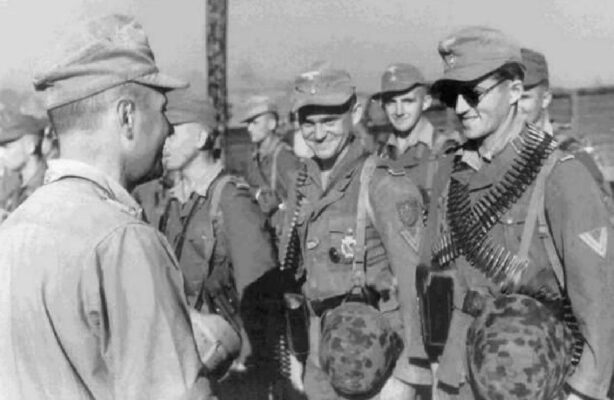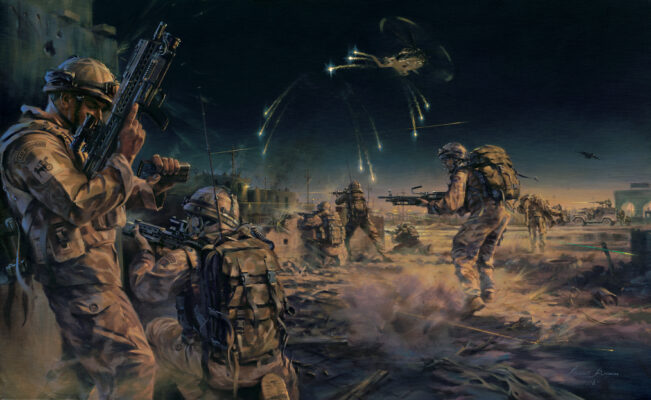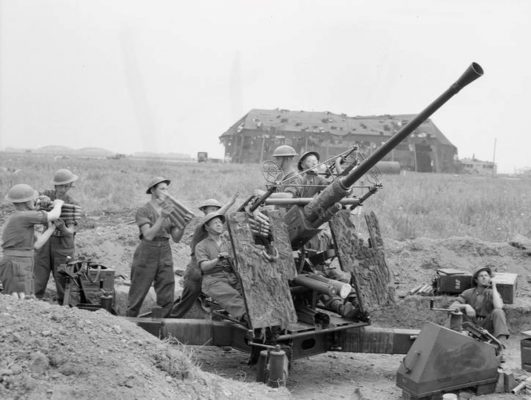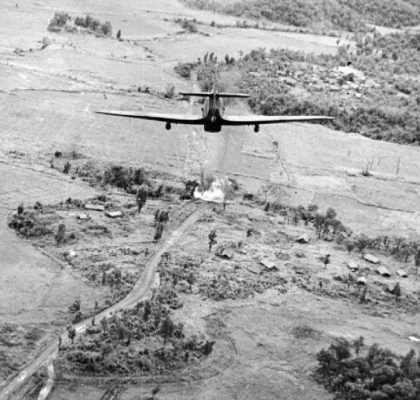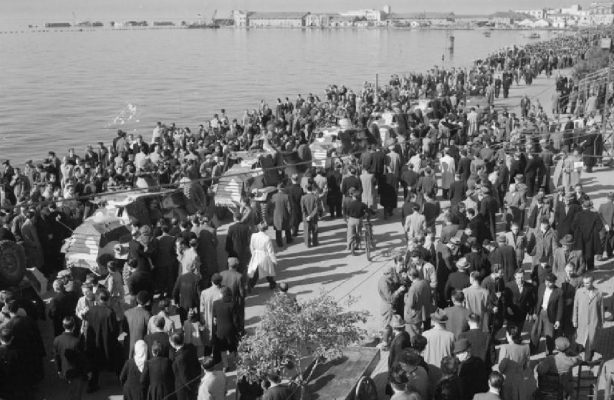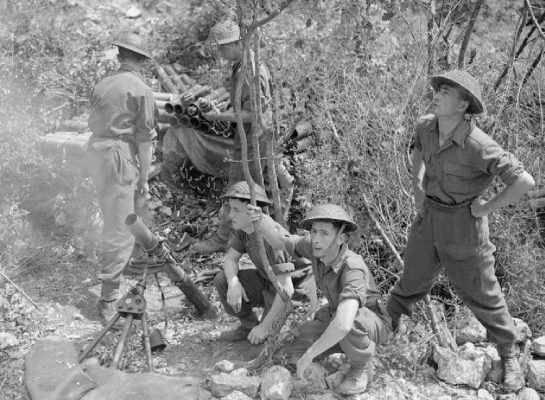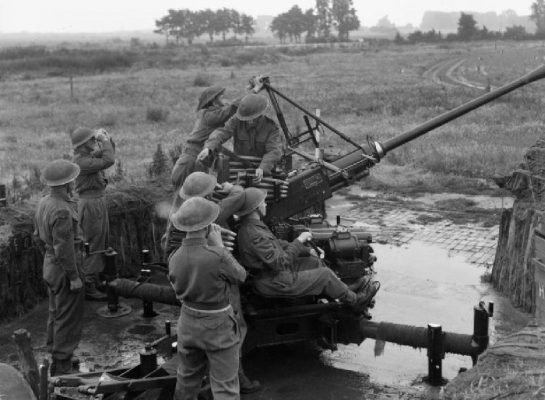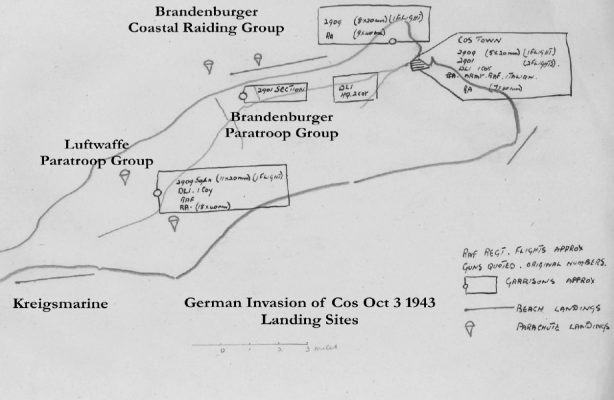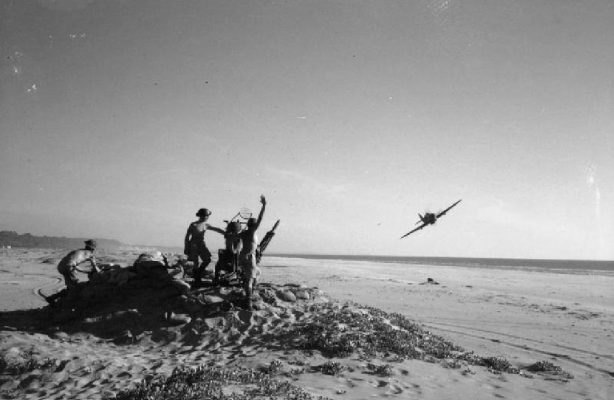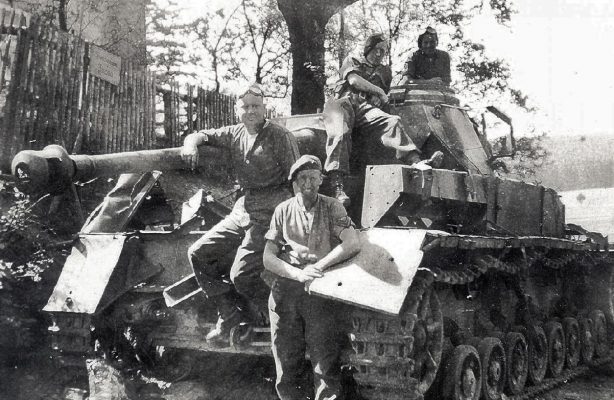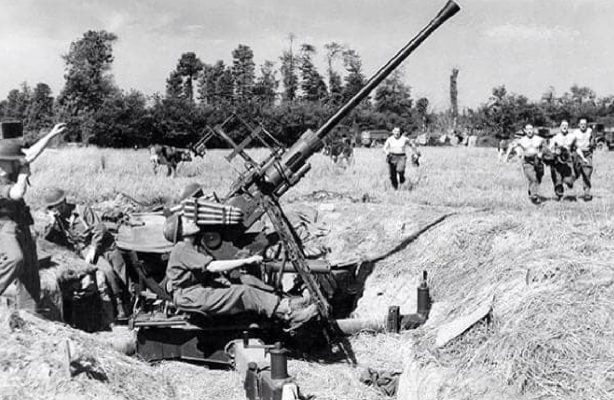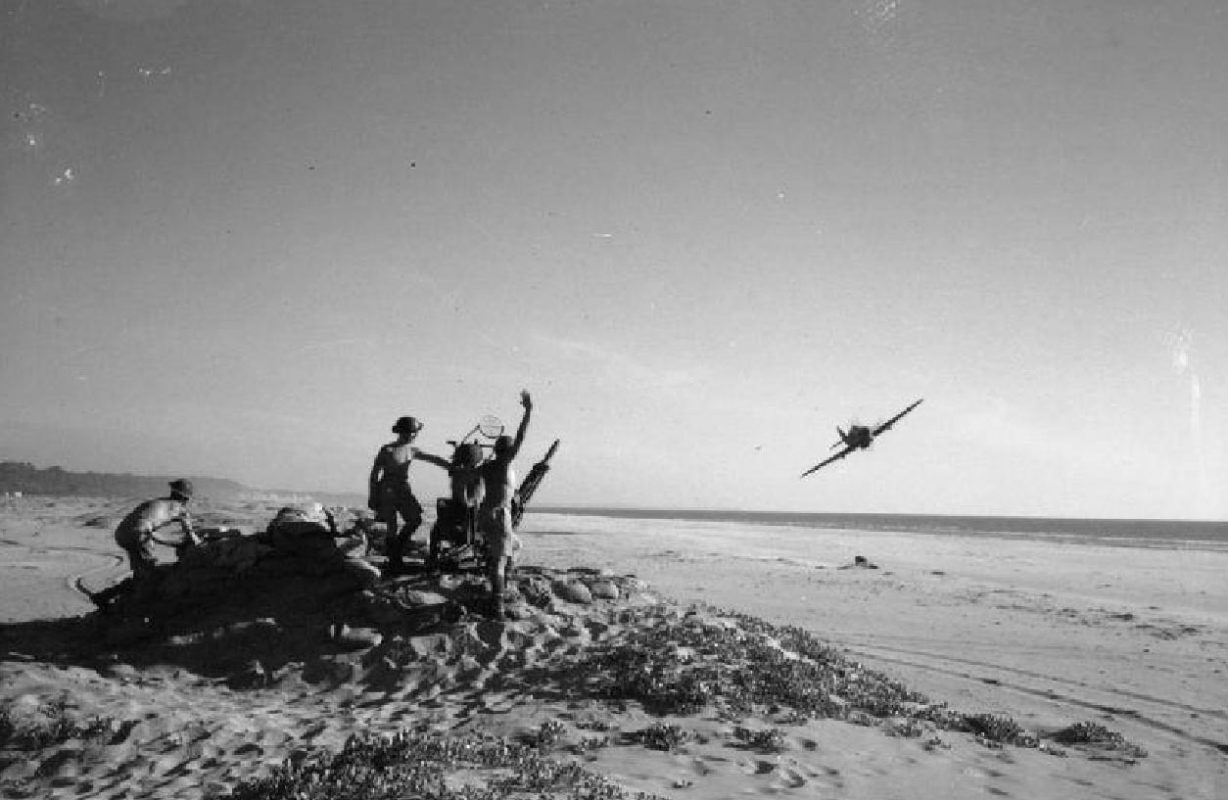
In November 1942, a Regimental Centre was established at Secunderabad, where the first Field Squadrons and AA Flights for Service in Burma were formed.
The training of these units was carried out initially by Army NCOs, and the assault course at Secunderabad gained the reputation for being the most exacting in the Far East.
The squadrons formed in India were joined by others which came out from UK. By the end of the war the RAF Regiment in Air Command South-East Asia comprised 10 Wing HQs, 18 Field Squadrons, 12 AA Squadrons and 3 Armoured Car Squadrons. The Field Squadrons included No 2810, which was the Regiment’s first Parachute Squadron.
The Regiment’s task was to protect forward-based RAF units, including personnel, aircraft, and isolated radar and wireless posts; the latter providing the umbrella for aircraft supplying the 14th Army, and for fighter and fighter-bomber sorties. Some of the operations carried out by squadrons of the Regiment in Burma were as follows:
ARAKAN
In addition to normal duties, detachments operated with the Army on Mayu Ridge and South of Maungdaw. It was during a patrol with 6th Battalion Oxford & Bucks Light Infantry that the Regiment suffered its first casualties, and an officer of the Regiment was awarded the Military Cross for gallantry during the Battle of the Pimple.
BUTHIDAUNG
In this area considerable assistance was given to the civil authorities by a Field Squadron with 904 Wing which cleared and disposed of 7,000 mortar bombs, nine 5001b bombs, 20 mines and 2 anti-tank traps. Seven assault landing craft were salvaged from the Kalapazin river.
IMPHAL
Units manned the outer defences of the airfields at Kangla and Paid; sonic were 5,000 feet up on what came to be known as “Nightmare Peak”, and had to be supplied by mules. There were nightly visits by the unseen enemy, and frequently severed telephone lines. A Japanese fighting patrol broke through at PaId and destroyed some Hurricanes.
MEIKTILA
A defensive box was formed to protect the important group of airfields, and it was besieged by the Japanese who attacked continually, day and night, regardless of very heavy losses, in their determination to deny us the use of the airfields. It was here that the Regiment earned undying fame in the bloody fighting, and the many casualties included the CO, Wing Commander Lander. Whilst the battle was at its height, Dakotas were able to land, bringing in 9 Brigade of 5 Indian Division.
RANGOON AND THE JAPANESE SURRENDER
The Regiment represented the Royal Air Force, forming with the Royal Marines and the 6th Battalion Oxford & Bucks Light Infantry a Guard of Honour for the Supremo. The Pipes and Drums of the Regiment took part in the Victory Parade.
From the Summer 1987 issue of Dekho! (The magazine of the Burma Star Association).

